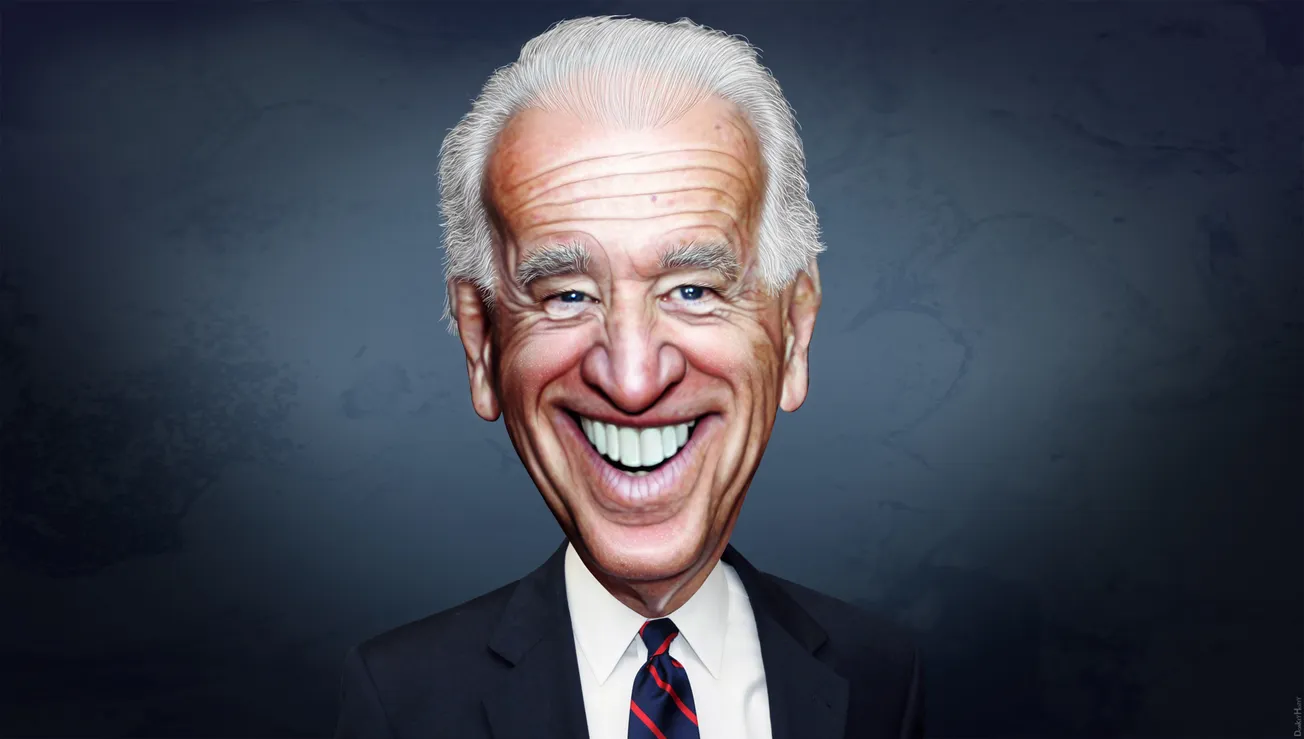As we stumble, seemingly inevitably, to a government shutdown at midnight Monday, there is already talk of a possible default later in October. Some people may not be clear on the difference, so it seemed timely to do an Explainer on the two topics.
Government Shutdown
One of the main jobs of Congress is to create and pass a Federal budget. This is done through a long process beginning in January and supposedly concluding sometime before October. (You can learn more about the process in this Wikipedia article.)
Why October? Because the Federal government operates on an October-to-September fiscal year. Thus, the budget is supposed to be in place, with all the various appropriations bills passed, before the beginning of the fiscal year.
Of course, our increasingly dysfunctional Congress has found it more and more difficult to find agreement on the spending bills. So, in order to allow the new fiscal year to start and the government to function, Congress passes what is called a “continuing resolution” — a bill that says, in effect, that the Federal government may continue to spend at its current levels while Congress tries to complete the budget process.
In the past, the passage of the budget CR was a housekeeping vote, for the most part. It was a simple yes/no vote, usually passing unanimously. Neither party used the CR to push their agenda, because there was an agreement that this was not the place to do it. And, there was the memory of Gingrich.
In Clinton’s first term, Newt Gingrich and the Republicans refused to work with President Clinton to come up with a spending plan, and instead passed one that Clinton promised to veto. The stalemate resulted in the shutdown of 1996, and the decline of approval ratings for the Republicans, who were seen as being the primary cause of the shutdown. Ever since then, both parties have understood that a government shutdown due to failure to pass a budget does harm to both the party that causes it and to the country as a whole. So, both parties have worked to avoid it.
Until now. Now, the House Republicans have insisted on attaching other amendments to the CR, most famously an amendment defunding all monies going to the Affordable Care Act. While there is some debate about whether this action follows the rules, or is even legal (using a CR to actually do appropriations), there is no doubt about the consequences: the Senate will not pass it, the President will not sign it, and we will go into shutdown at the beginning of October 1.
Why a shutdown? Again, there is some question about the necessity of a shutdown, but essentially it boils down to this: If Congress has not set the spending limits, it is irresponsible to spend money that might actually be allocated. So, the only thing to do is shut down all non-essential services. This is what will happen Tuesday if nothing changes.
Note also that the CR is typically only for a few months. If Congress and the President do not agree on the appropriations bills and get them passed before the CR runs out, we will face the same problem again.
Government Default
As almost everyone knows, the Federal government spends more than it takes in. The difference between the income and the outgo is the annual budget deficit. While there is debate among economists whether the deficit is necessarily bad (we’ll talk about that in another Explainer), it is obvious that the books have to balance at the end of the fiscal year, and since we have a deficit, we have to borrow to make up the difference.
In an attempt to put some sort of lid on spending and debt, Congress many years ago passed legislation limiting the amount of debt that the Treasury could incur. The important thing to know is that the debt ceiling has nothing to do with limiting future spending — it is all about paying for spending that has already occurred. As Wikipedia notes:
The United States debt ceiling or debt limit is a legislative restriction on the amount of national debt that can be issued by the Treasury. Because expenditures are authorized by separate legislation, the debt ceiling does not actually restrict deficits. In effect, it can only restrain the Treasury from paying for expenditures that have already been incurred.
In the past, just like the budget continuing resolution, raising the debt limit was a pretty simple housekeeping vote. Everyone understood that if we cut off the ability to borrow, we cannot pay our bills. In other words, we default on our debts and obligations, because there isn’t enough money to go around.
Until now. The last time the debt ceiling needed to be raised, the House Republicans refused to do so until they got some concessions from the Democrats and the White House. This was seen as an unprecedented move, akin to holding the government hostage, because the consequences were both unknown and presumed to be dire. (More on that below.)
Eventually both sides compromised to some extent, and the debt ceiling was raised. More crisis points have occurred since, with the Treasury doing its best to manage the debt and adjust payment schedules. But, the Treasury predicts that if the debt ceiling is not raised again, the Federal government will have to choose which bills to pay sometime toward the end of October.
What then? No one knows. To have the world’s largest and richest (by some measures) government begin to welsh on its debts is bound to have an effect on many parts of the economy. For decades, the bonds of the United States have been seen as the safest and most reliable debt instruments in the world. In good times and bad, the one thing you could count on was that US Treasury Bills and Bonds were safe, safe, safe. If that is seen as no longer true, it will send investment money fleeing to other harbors. This could, in turn, drive up the cost of borrowing for the Federal goverment, making our deficit worse.
And, if the goverment has to start choosing which bills to pay, which ones will it choose? Will bond holders be put above retirees? Will government contractors get paid before veterans? If entire corporations that depend on government spending for their income suddenly have receivables balloon to six months or longer, what will that do to the economy?
Neither shutdown or default are good, but some persons say the default would be much worse. The shutdown will cause such immediate pain that there will be hue and cry to fix it, and Congress will probably move quickly to do so. The default, on the other hand, would first be felt on the Wall Streets of the world, and will cause unplanned and unanticipated effects that will only become evident over time. Unfortunately, those effects are likely to be deeper and more long-lasting that the effects of a shutdown. Closing all the national parks and VA hospitals for a week is bad. Having entire segments of the economy eventually collapse because of the unavailability of credit is another thing entirely.
Let’s hope that all of this turns out to be primarily theatre. Having watched the House Republicans over these past months, though, I am not sanguine that they are just posing for the cameras. I think we are in for some rough, rough times.







